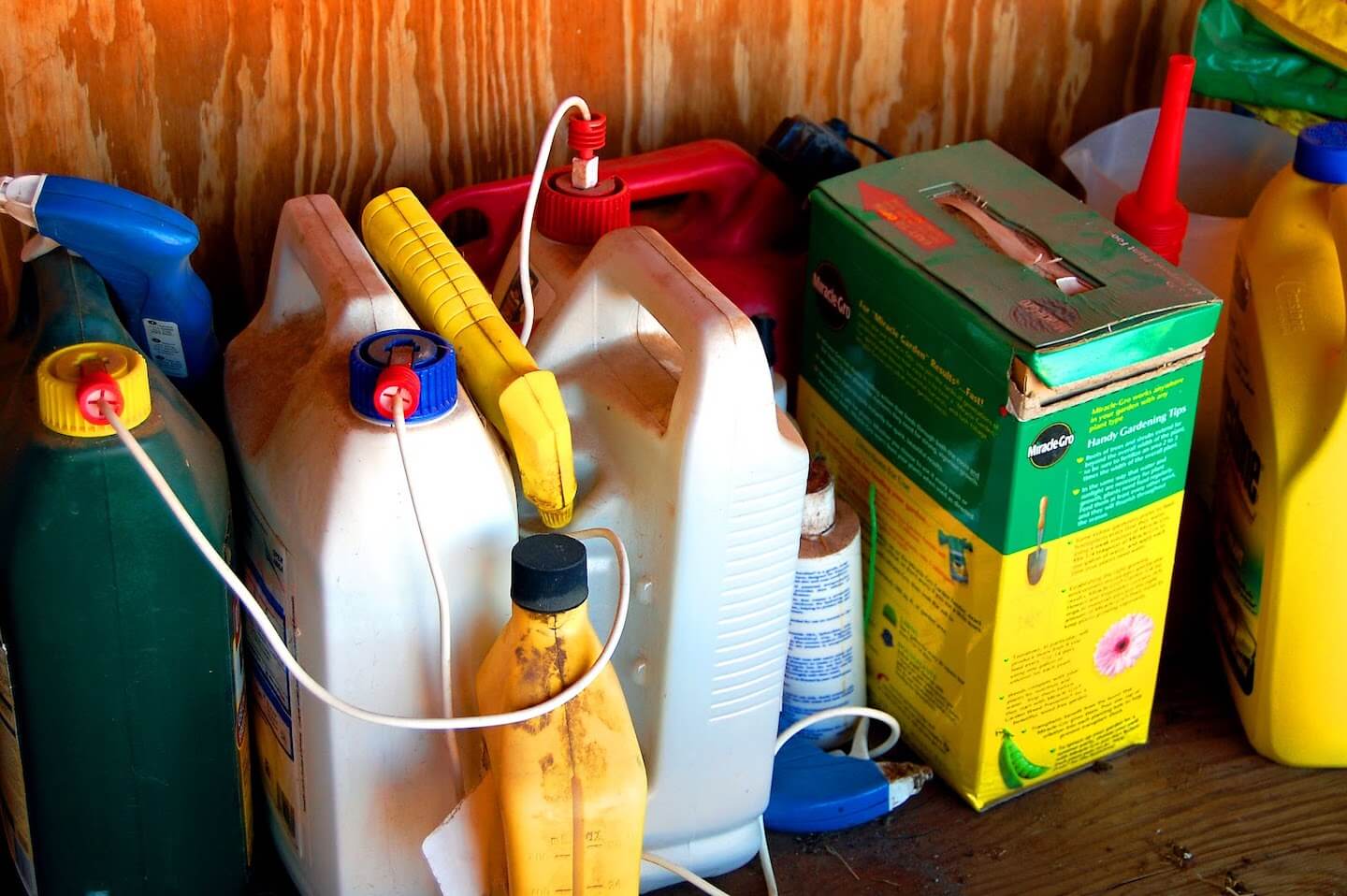What is the difference between glyphosate as an active substance and glyphosate-based products?
When discussing glyphosate, it's important to differentiate between the active substance and glyphosate-based products.
Pesticide products usually contain one or more “active substances”, the component that is declared as acting against the targeted 'harmful' organism. Glyphosate is an active substance that targets weeds. While a glyphosate-based herbicide (GBH) is a specific pesticide formulation containing glyphosate as its active ingredient, combined with various other substances. Depending on their role, these substances are categorised as synergists, safeners, co-formulants or adjuvants.
The importance of considering added ingredients in glyphosate-based products.
Glyphosate-based products are more effective against the targeted organisms than the active substance alone, but they are also significantly more toxic than the active ingredient alone (Mesnage et al., 2021 ; Mesnage et al., 2019). This is due to the various substances included in the GBH formulations, which increase the herbicide's toxicity and efficiency against weeds. For instance, studies have shown that the in vitro human cellular toxicity of glyphosate-based formulations was up to 100 times greater than that of glyphosate alone, through the action of co-formulants. These added substances are generally treated as ‘inert’, though they possess inherent toxic properties that are often overlooked.
Surfactants provide a good illustration of the potential risks and dangers that these substances pose to human health and the environment. They are added to glyphosate-based herbicides to facilitate the penetration of the active ingredient glyphosate through the protective outer layer of targeted plants, allowing it to exert its toxic effect. Hence, surfactants facilitate faster absorption rates and increase the exposure levels of the active ingredient glyphosate. This poses a heightened risk of toxicity, not only to the intended targets but also to non-targeted species (humans, amphibians, insects…). Additionally, various surfactants raise strong concerns for their intrinsically high toxicity.
The potential harms to human health and the environment caused by glyphosate-based herbicides are often underestimated, as the risks associated with added toxic co-formulants are not adequately assessed. At the EU level, the current regulatory framework focuses on approving "active ingredients" separately and fails to conduct comprehensive risk assessments of presumed "inert" co-formulants, while also neglecting to test the synergistic effects of the full formulations.
Resources
Articles:
PAN Europe (2022): Toxicity of pesticide co-formulants: EU Commission proposes rules that will leave health and the environment unprotected
The Guardian (2018) : Weedkiller products more toxic than their active ingredient, tests show
Scientific research papers
Mesnage R, et al., “Ethoxylated adjuvants of glyphosate-based herbicides are active principles of human cell toxicity”, (Toxicology. 2013).
Mesnage, R. et al., “Insight into the confusion over surfactant co-formulants in glyphosate-based herbicides”, (Food and Chemical Toxicology, 128, 2019).
Robin Mesnage and al., “Comparative Toxicogenomics of Glyphosate and Roundup Herbicides by Mammalian Stem Cell-Based Genotoxicity Assays and Molecular Profiling in Sprague-Dawley Rats”, (Toxicological Sciences, 186 (1) 2022).

